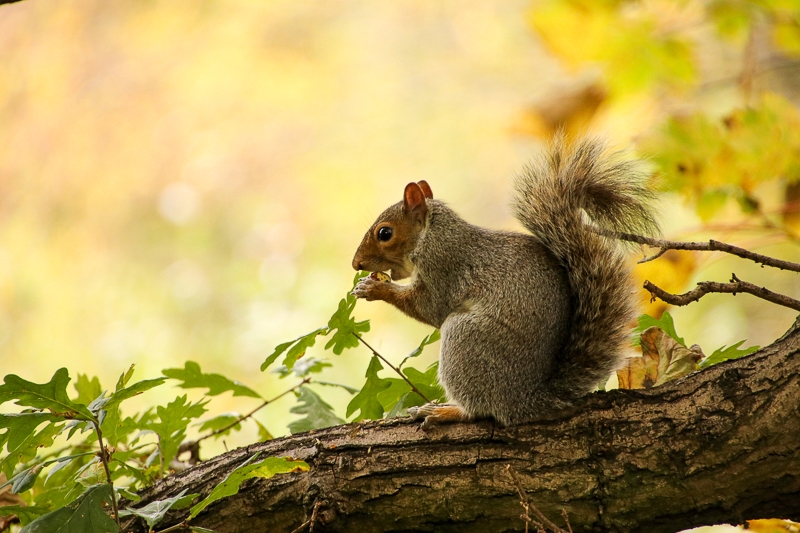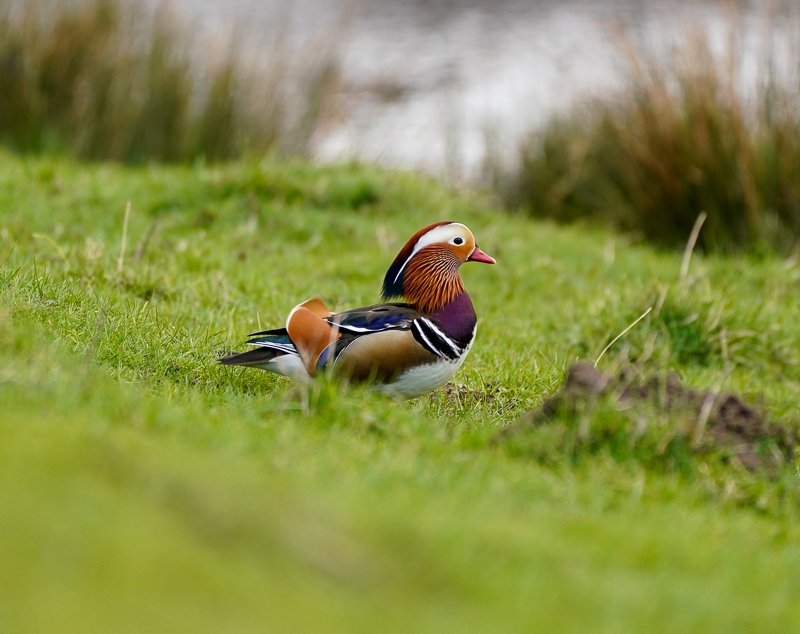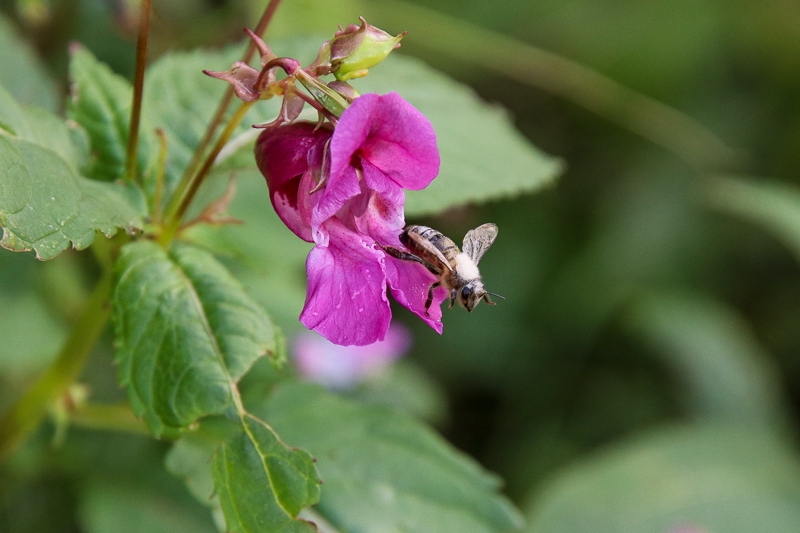WHAT ARE INVASIVE SPECIES?

Invasive non-native species (INNS) get a lot of stick in the conservation community, but what are they?
TAKING A STEP BACK
The starting point is that INNS are the outliers: the few who made it. Non-native species are a different kettle of fish to invasive non-native species.
In short, native species refers to any species that was here or arrived here by natural (non-human) means since the last ice age (there’s some debate on timing here, but for our purposes this will suffice). Non-natives, then, are established species introduced by humans.
Non-native species crop up all the time, and sometimes become established, but only a tiny proportion become invasive non-native species.
To get up in our grill causing problems to our ecosystems, non-native species first must arrive (okay, that’s not hard these days), then survive – and surviving outside of your native range is no small feat. If they survive, they must establish a population: they must be capable of reproducing in their new habitat; this is the point at which they become an established non-native species as opposed to just a few loose individuals out on a jolly. To be termed invasive, a species must range wider than its initial landing place, spreading further afield within its new home.
I’ve made it sound like INNS are Pinky and the Brain, plotting to take over the world, but remember we only use INNS to refer to species introduced with human assistance (deliberate or otherwise). Over the course of history, plants and animals have spread to pastures new in natural ways – floating in water or on rafts, evolving to fly, hitching a ride; we don’t tend to call these changes in native range invasions and these arrivals, if they were successful, would be new native species rather than non-native species.
I also described INNS as causing problems to our ecosystems, but that’s through force of habit and popular usage. Species are technically INNS even if they don’t cause issues – they might be helpful, like cereal crops we grow for food. Scientifically, any human-introduced non-native species that has spread beyond its landing point is an INNS, but we tend to only focus on the ones that cause havoc.

So far, so good. Mandarins have established and spread in the UK but at the time of writing don't seem to be causing any real problems.
HOW MANY INVASIVE SPECIES HAVE WE GOT?
In Great Britain, we’ve got around 800 established non-native insect species versus 20,000 native insect species. Our native plants are more crowded with newcomers: we’ve got about 2,000 established non-native species and around 2,300 native species; not surprising, given our fascination with exotic flowers. In case you’re interested, we’ve got 12 established non-native freshwater fish compared to 38 native species.
Those numbers look pretty high but remember that not all of these are invasive – only 10-20% of those introduced species have spread widely enough to be terms an INNS. Of the ones that are invasive, an even smaller percentage will cause any damage.
WHY ARE INVASIVE NON-NATIVE SPECIES SOMETIMES A PROBLEM?
You could fill a book (and Daniel Simberloff has) with all the problems that INNS have caused around the world. The issues created depend on the species, and I’ll publish some posts on the key offenders in the UK shortly.
In the meantime, some examples will suffice. Sometimes, INNS just outright kill other species to the extent that so many of the victim species are wiped out that entire ecosystems are affected – in the UK, we’re familiar with Dutch elm disease causing the huge decline of our elms, and many (economically valuable) forests of North America were permanently changed by chestnut blight. American mink are ruthless (and fantastic) killers of our native species, including water voles.
Other times, INNS introduce a disease to a native population. If the invasive species can live with the disease and pass it on without being killed by it, but the native population succumbs to the disease, the native species can be locally or nationally wiped out. Squirrel pox is carried by North American grey squirrels but rarely kills them; it’s often fatal to our native red squirrels.
Competition is another way that INNS can affect native species. Himalayan balsam is an invasive plant that colonises our waterways and shades out the riverbanks; native wildflowers and tree seedlings find it near-impossible to compete with the fast-growing balsam, and wither in its shade.
Some INNS make a nuisance of themselves in other ways. Giant hogweed causes severe burns to the skin by making the skin sensitive to sunlight for years after exposure. Signal crayfish reduce riverbank stability with their burrows. Deer populations hamper natural tree regeneration by eating saplings.
In most cases, the detrimental effect of a harmful invasive non-native species is a result of a complex combination of factors.

MONEY MONEY MONEY
INNS aren’t just a conservationist’s headache, they’re also a thorn in the side of policy makers where the species causes economic damage.
Some invasive species cause obvious and direct financial harm, for instance in the form of crop damage or damage to commercial fisheries. Others cause ecological issues that indirectly result in financial loss, for instance Himalayan balsam through increased risk of flooding or Japanese knotweed through damage to structural walls.
Invasive species cost the UK economy at least £2.2 billion every year.
If you've ever travelled to Australia, you'll be familiar with their extremely rigorous biosecurity border controls. What they're doing is protecting the Australian economy from billions in costs and losses caused by invasive species (and looking after their native flora and fauna too).
This post will be part of a series, so keep your eyes peeled for more posts on invasives!
Share with your friends
Subscribe to learn more
Join me in exploring our natural world and cultural heritage as we learn how to protect and restore it. Get notified on my latest posts and a monthly newsletter on wider conversation topics for us to chat about.
Recent Posts
If you enjoyed this one, then you might like these too.